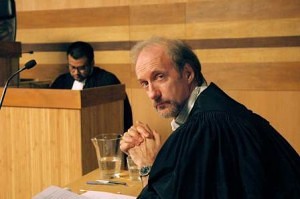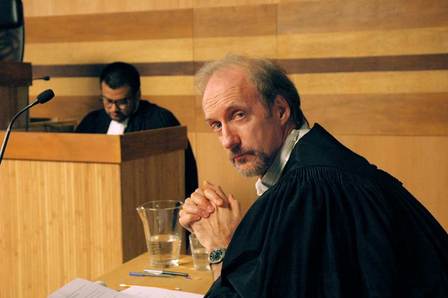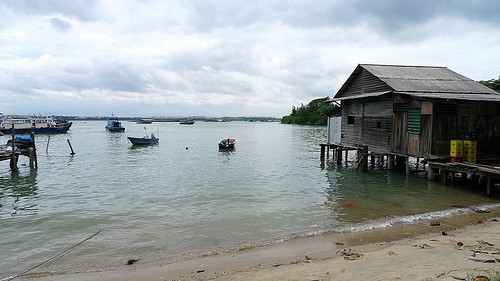
Since I’ve gotten back from Shanghai, things have been very easy at work. For three weeks I didn’t teach my full 22-hour class load. There were about four days where I didn’t even teach at all. I just sat at my desk, read some news, blogged, watched TV shows and movies and coasted it fairly easy.
However, now that I am back to my normal schedule I realize I have to be more “productive” with my free time.
That’s the thing about public teaching jobs in Korea. I only teach half the hours I spend at work. While I do often make lesson plans on Mondays for a good chunk of the day, the rest of the time I just sort of dilly-dally. I have become the master of the Internet, I’m told by my friends. Or more literally, that I am the Internet.
While it does sound super-cushy that I don’t have to do a whole lot when I’m not teaching, I would still prefer the method of being a little bit more free-floating with my time, if I could. There are days when my last class ends at 3 P.M.; I would love to go home then.
Otherwise, it’s good to be back teaching on a regular schedule. I just have to readjust my willpower to write more. It’s just way too easy for me to just read news everyday and analyze every bit of minutia from this year’s election season.
Seoul Museum of Art
Anyway, this weekend was at least culturally productive. Some friends and I went over to the Seoul Museum of Art on Saturday. It was part of the The 6th Seoul International Biennale of Media Art Trust. The exhibits were media installations and varied wildly in quality. By far the best installation I saw was World Rehearsal Court by Judy Radul.

It was a simultaneous seven camera installation at the site where the World Court practices with new lawyers. This wasn’t a recording of any particular rehearsal, but rather a group of actors acting out a transcript. Some more info about it here and here:
Vancouver artist Judy Radul tackles troubling tensions between theatricality and testimony, artifice and documentation in World Rehearsal Court…Comprised of a seven-channel video that presents nearly four hours of courtroom vignettes based on transcripts from the International Criminal Tribunals—as well as live footage from surveillance cameras installed throughout the gallery—World Rehearsal Court meditates on the idiosyncratic rituals that drive Western justice systems. The special high-security courtrooms that inspired Radul’s piece are the setting for high-stakes proceedings such as war-crimes tribunals and high-profile terrorism cases. By reframing these sites as movie sets, World Rehearsal Court draws attention to the theatrical nature of proceedings that seem to isolate justice from the “real world” and create an eerie delay between lived experience and its codification in law. Shown in the context of Vancouver, a city famous for standing in for other locales in American movies and television programs, Radul’s work lends a surprisingly weighty charge to more frivolous notions of make-believe.
If anyone has a chance to make it to the Seoul Museum of Art I recommend checking it out. It’s in the first exhibit on the base floor. The museum itself though, left some things to be desired. It was curated very oddly. A lot of the video installations were squished together. Two video presentations were placed right next to each other, leaving a dizzying competition for attention. At times it was very difficult to focus on one project as the the audio from the one right next to it got in the way.
The photographs about Poland and the Polish-American experience were placed very low on the wall, forcing visitor to hunch over to look at them properly.
Admission was free. Exit at Seoul City Hall station for Line 1. For directions and maps for the Seoul MoA, go here.



